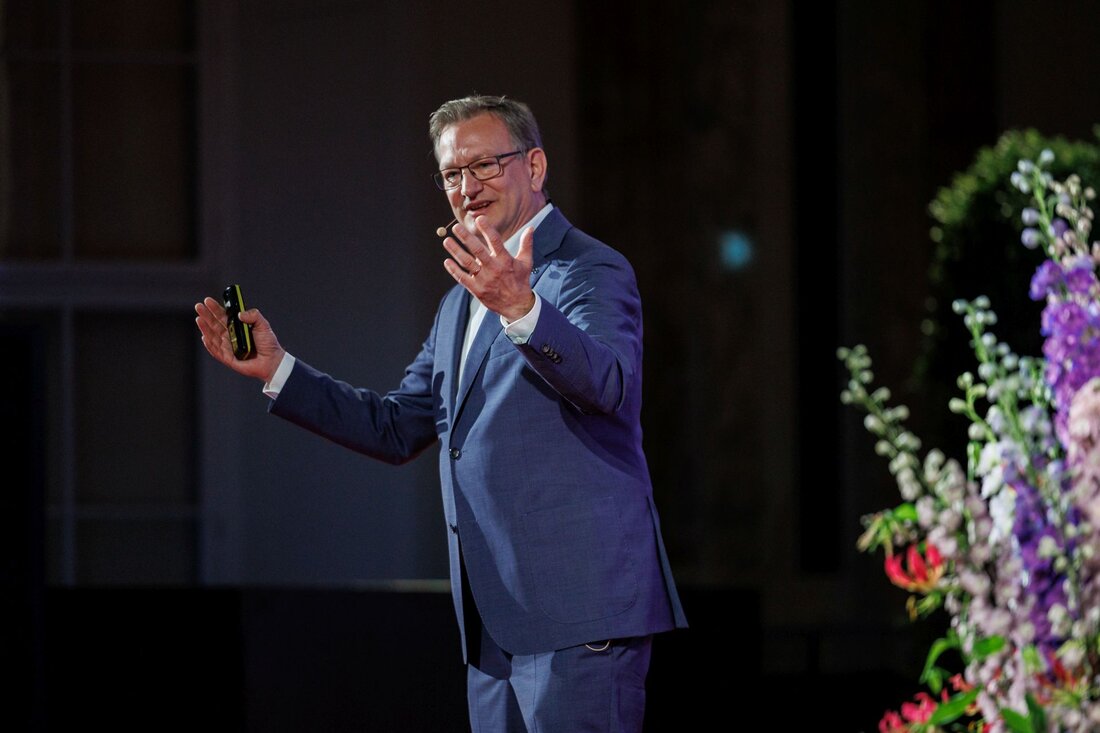V8 of the electric era
At this year's Vienna Motor Symposium, Mercedes-Benz presented an electric motor it developed in-house that does not contain rare earths.

V8 of the electric era
In his lecture, Torsten Eder, Vice President Electrified Drive Systems at Mercedes-Benz Cars Development, presented a remarkable unit that can be an important building block for Europe's independence when it comes to raw materials. The axial flux motor was developed in-house by Mercedes-Benz and does not contain the supply-critical rare earths. According to Eder, the powerful electric motor in the performance-oriented AMG models will take on the role of the “V8 of the electric era”. In combination with newly developed batteries and innovative thermal management, the Vision EQXX technology demonstrator achieved record ranges of more than 1,200 kilometers and a consumption of 7.4 kilowatt hours per 100 kilometers.
Record loading time
“This is the one-liter car of the electric era,” Torsten Eder made no secret of his enthusiasm. Mercedes-Benz also fine-tuned the charging strategies. With success: “A range of 325 kilometers in ten minutes is currently a benchmark for a battery-electric vehicle in the new CLA,” says Eder. The new vehicle architecture is optimized for battery-electric drive, but is also compatible with a hybrid version that combines a 1.5-liter engine with a 48-volt system including an 8-speed dual-clutch transmission. This means that even the 48-volt hybrid car should be able to drive purely electrically at up to 70 km/h. For the on-board voltage, Mercedes decided on 800 volts. When it comes to lithium batteries, customers can choose between high-performance nickel-manganese-cobalt (NMC) and cost-effective lithium iron phosphate batteries (LFP).

 Suche
Suche
 Mein Konto
Mein Konto